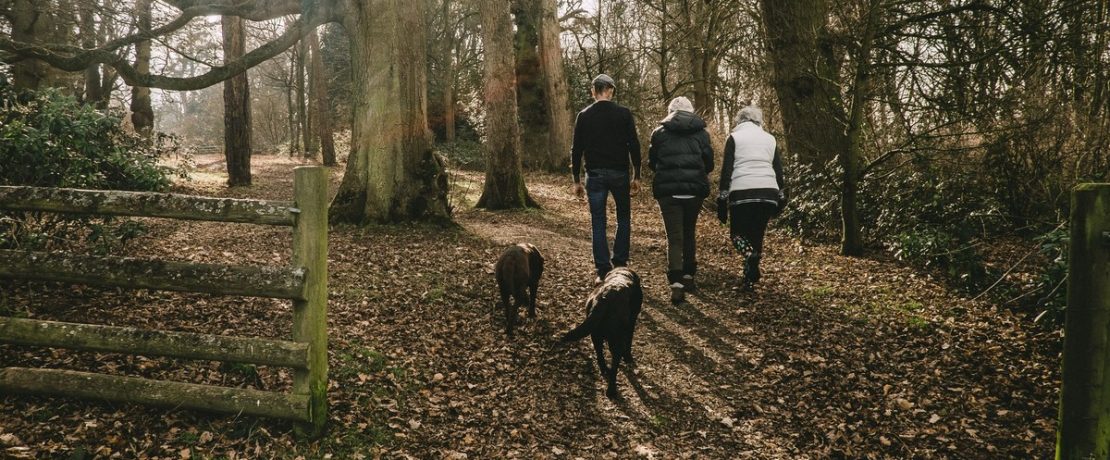Walking through history
Taking you from prehistory to the twenty first century, we take a look at twelve places that shine a light on our local and national history.
1. Bronze Age: Five Knolls Barrow Cemetery, Dunstable Downs
Barrows are burial mounds constructed in chalk over individual burials with later burials (usually cremations) dug into the outside of the mounds. Excavations in the 1850s and 1920s showed that the cemetery originated in the late Neolithic and Bronze Age periods (3,000-1,200 BC). The site was later re-used by the Romans.
The nearby Pillow Mounds were probably used as rabbit warrens, land set aside for the breeding and management of rabbits, during the medieval period. Rabbits were bred for their meat and skins.
Walks:
Two walks of different lengths – 3km and 10.4km
2. Iron Age: Galley Hillfort, Sandy
Galley hillfort’s commanding position over the local countryside suggests that it was chosen with defence in mind, with the banks and ditches still visible. The hillfort sits in heathland in the nature rich RSPB reserve at The Lodge.
Walks:
Explore the RSPB reserve with their waymarked trails
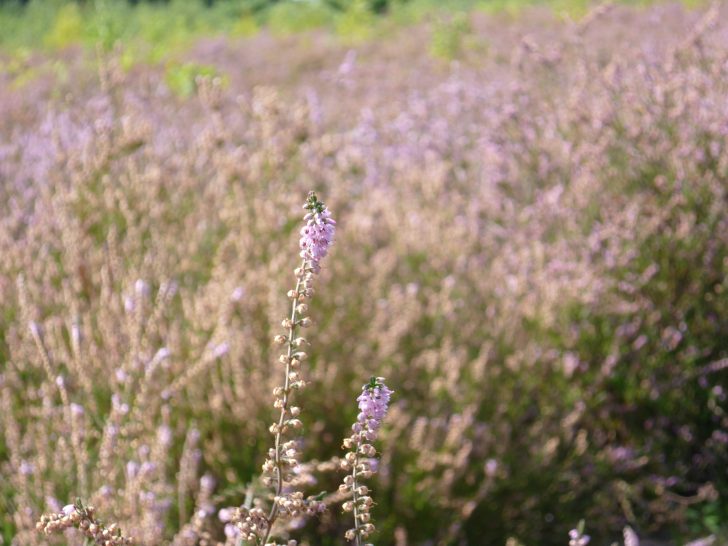
3. Roman: Priory Country Park, Bedford
A busy Roman farm and bathhouse once stood underneath Priory Lake. Archaeologists discovered that the complex would have included a bath suite with hot and cold rooms, underfloor heating and a shrine for prayer. Farming and butchery also took place on the site and the farmstead consisted of a range of stone buildings with tiled roofs.
See some of the finds.
Walks:
Three downloadable trail leaflets are available.
4. Medieval castles: Bedford Castle
Bedford Castle was probably built in around 1100 by Henry I in a motte and bailey design. In 1224 Henry III besieged the castle following a disagreement with the Anglo- Norman owner, Falkes de Breauté, and seeking to return it to the original owner William de Beauchamp. The siege lasted eight weeks and involved a huge army with equipment drawn from across England. After the surrender of the castle, the king ordered its destruction.
Today only part of the motte still stands, forming part of an archaeological park built on the site between 2007 and 2009.
Walks:
Bedford Castle is located in Bedford, on The Embankment overlooking the river Great Ouse.
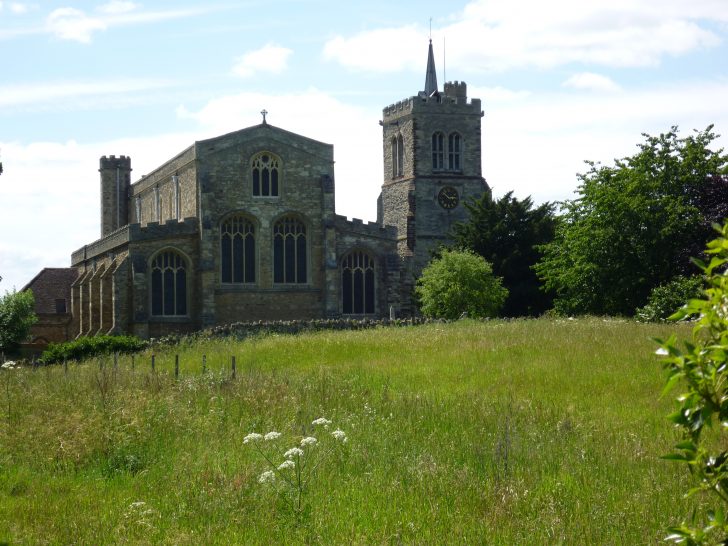
5. Medieval monasteries: Elstow Abbey
Elstow Abbey was home to a community of Benedictine nuns. It was founded in around 1075 by Judith, Countess of Huntingdon, a niece of William the Conqueror. In 1268 Henry III stayed at Elstow Abbey while attending a tournament in Bedford.
The nuns would have had daily contact with the priests who heard their confession and celebrated mass at the Abbey and with lay brothers working on the building and the lands it owned. Nuns wishing to go outside the Abbey precincts would have had to have been licensed by the Abbess but in 1421 the Bishop of Lincoln expressly forbade nuns from going into Bedford, Elstow or any other neighbouring town. The Abbey was dissolved in 1539, many of the nuns retiring to Bedford.
The parish church of St Mary & St Helena is partially built from the remains of the Abbey.
Walks:
Elstow village can be easily explored on foot. Aside from the Abbey, other notable features include the Moot Hall which was originally built to serve Elstow Abbey as a market house and is now a museum focusing on John Bunyan and seventeenth century life. Elstow Green played host to regular markets and fairs. The fairs held at Elstow are believed to be the inspiration for Bunyan’s ‘Vanity Fair’ in The Pilgrims Progress.
6. Tudor: Katherine’s Cross, Ampthill
Katherine’s Cross was erected in 1770 as a garden feature in Capability Brown’s newly landscaped park. It marks the site of Ampthill Castle which was built in the early 15th century as a fortified house. It passed to the crown in 1524 and Katherine of Aragon lived at the Castle between 1531 and 1533 during her divorce from Henry VIII. Henry VIII was a frequent visitor to the Castle, enjoying hunting in the surrounding parkland.
Walks:
Follow the Ampthill Great Park Heritage Trail
Take in Ampthill and the next site, Houghton House, in this 6.6 mile circular walk.
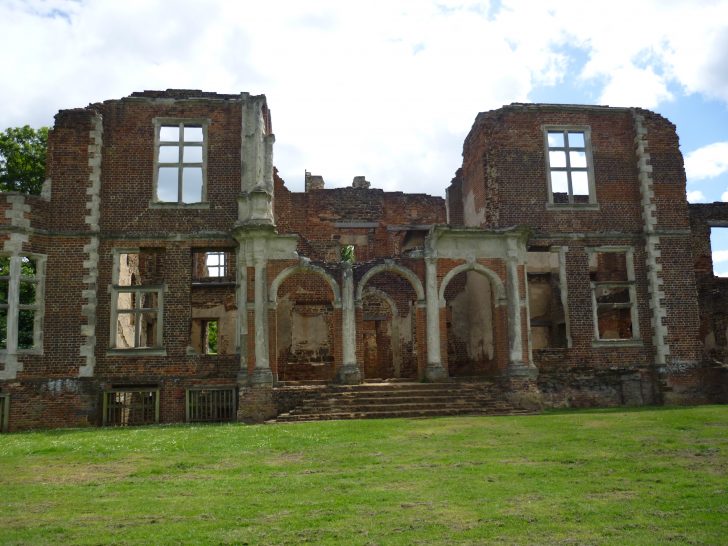
7. Bunyan: Houghton House, Ampthill
Houghton House today is the shell of a 17th-century mansion. It is reputedly the inspiration for the ‘House Beautiful’ in John Bunyan’s The Pilgrim’s Progress. It was built by Countess of Pembroke as a hunting lodge and venue for social gatherings.
The house was three storeys high – the family would have occupied the grand apartments on the first floor, overlooking the gardens and hunting park, while the servants would have slept in the garret rooms on the second floor. The service wing (now demolished) contained the kitchen, brew-house, stillroom and scullery, and was attached to the east of the house.
Visit:
Today the site is managed by English Heritage
8. Georgian: Woburn
In 1724 a huge fire swept through Woburn, taking the fronts of buildings along Bedford Street, George Street and Leighton Street. At the time Woburn Abbey was being rebuilt so the Duke sent his architects to the village to restore the damaged buildings. Behind the beautiful early Georgian facades in the centre of the village many of the buildings are mediaeval in origin.
During the coaching era Woburn was an important staging post between London and the North and East/West to Cambridge and Oxford. There were 27 inns recorded in Woburn, serving travellers and a change of horses. It had the first 24 hour post office outside London house in what is now The Woburn Hotel.
Walks:
See the Woburn village website for a number of walks around Woburn and the surrounding area, including through the grounds of Woburn Abbey.
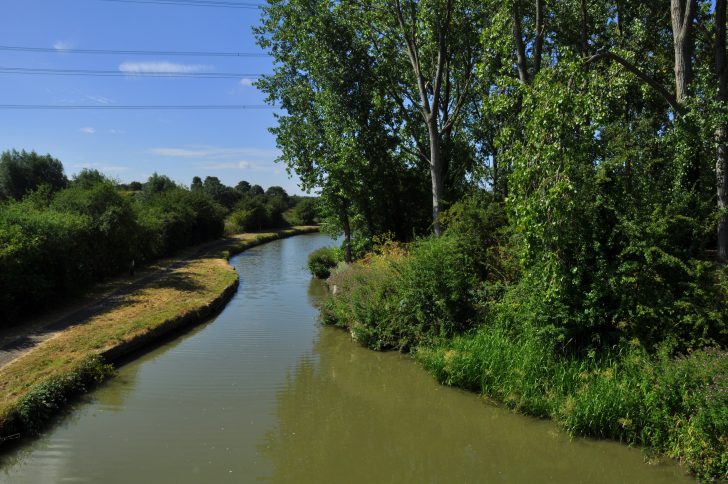
9. Industrial Revolution: The Grand Junction Canal, Leighton-Linslade
The stretch of canal through Linslade, linking Fenny Stratford in Buckinghamshire with London, opened in May 1800. The Linslade section of the canal included a number of wharves which served the sand quarries of Heath & Reach.
Other canal-side industries included limekilns, coal and grain merchants, engineering companies, haulage and packet boat companies as well as the administrators of the canal such as wharfingers (wharf owners / keepers), lockkeepers, canal police, lengthmen (employed to maintain sections of canal) and toll clerks.
Read more about the history.
Walks:
Today the canal at Leighton-Linslade is part of the Grand Union canal. Enjoy the towpath or try the Ouzel Valley Meander.
10. Victorian: Foster Hill Road Cemetery & Bedford Park
Foster Hill Road Cemetery was opened in 1855. The chapel building originally consisted of two separate chapels, one for the Church of England and one for Dissenters. The gatehouse originally incorporated an entrance arch for hearses, flanked by a cemetery office and accommodation for the Registrar.
The cemetery has a special connection with the military through Bedford’s public schools in the Victorian times. This is demonstrated by the above average numbers of high ranking military personnel buried in the cemetery with accompanying memorials.
Backing on to the cemetery, Bedford Park was laid out to the designs of Messrs Barron & Son and opened in 1888. Today it is Grade II listed and the largest urban park in Bedford, with much of the Victorian design retained. The Embankment in Bedford also dates from the Victorian period, with both the park and the riverside promenade providing opportunities for ninettenth century urban dwellers to enjoy fresh air and exercise.
Visit:
Map and details
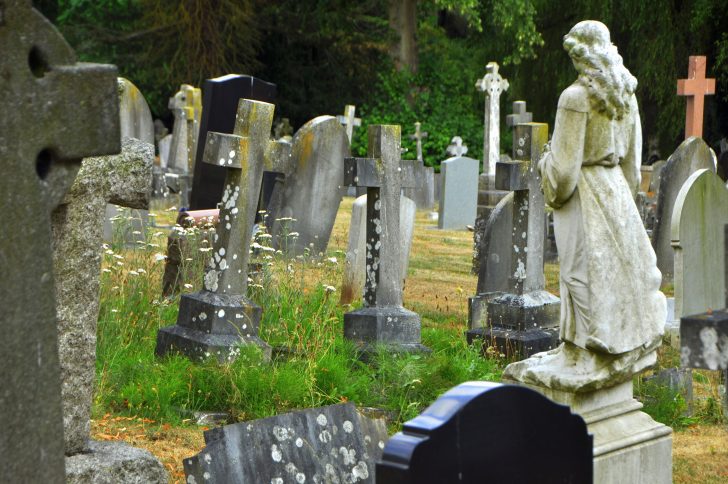
11. Twentieth century: Whipsnade Tree Cathedral
Edmund Blyth served in the infantry in World War I and suffered the loss of friends Arthur Bailey and John Bennett, who died in the March retreat of 1918. Wanting to create a lasting legacy for his friends, he drew inspiration from a visit to the unfinished Liverpool Anglican Cathedral and began planting between 1930-1939.
On the outbreak of the Second World War, Blyth returned to his regiment. The young plantation was left untended for eight years until he returned from the military government of Berlin in 1947, to re-join his family law firm. In the intervening years, the site had become overgrown.
By 1952, enough of the resulting undergrowth had been cleared to hold ecumenical services. In 1960, a generous legacy enabled Blyth to present the plantation to the National Trust, with a covenant allowing trustees of the Whipsnade Tree Cathedral Fund to continue its upkeep and organise services.
Visit:
Today the site is managed by the National Trust – map and more information
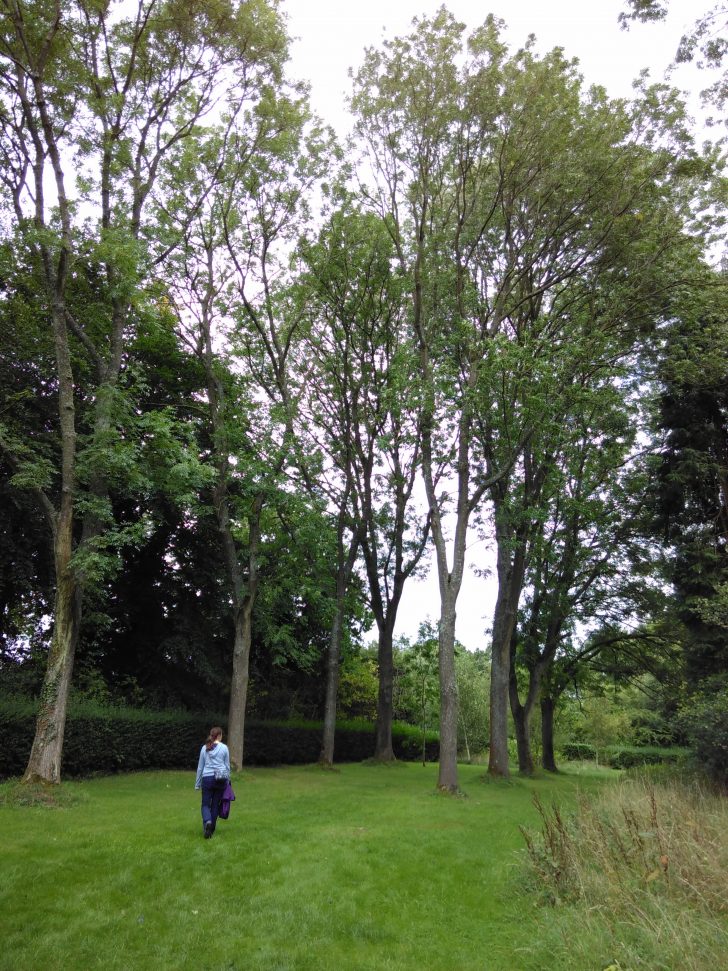
12. Twenty first century: The Forest of Marston Vale & Millennium Country Park
The Forest of Marston Vale is designated as a Community Forest and is still evolving – with a target of 30% tree cover across the area. Marston Vale was previously home to pits which had been dug to supply the Stewartby Brickworks with clay. The Millennium Country Park was opened in 2000 and features lakes created out of some of the pits and extensive wetlands, as well as visitor facilities.
Walks:
Walks through the forest
Download a map of the country park
